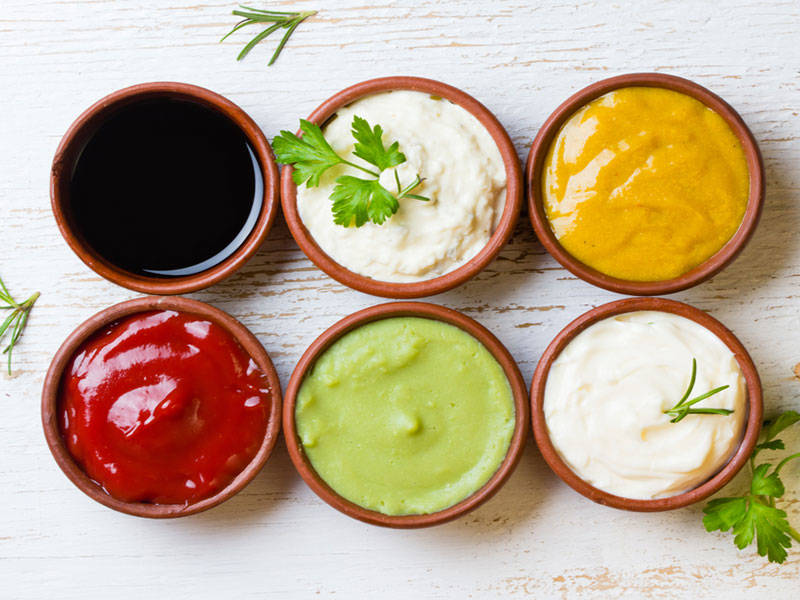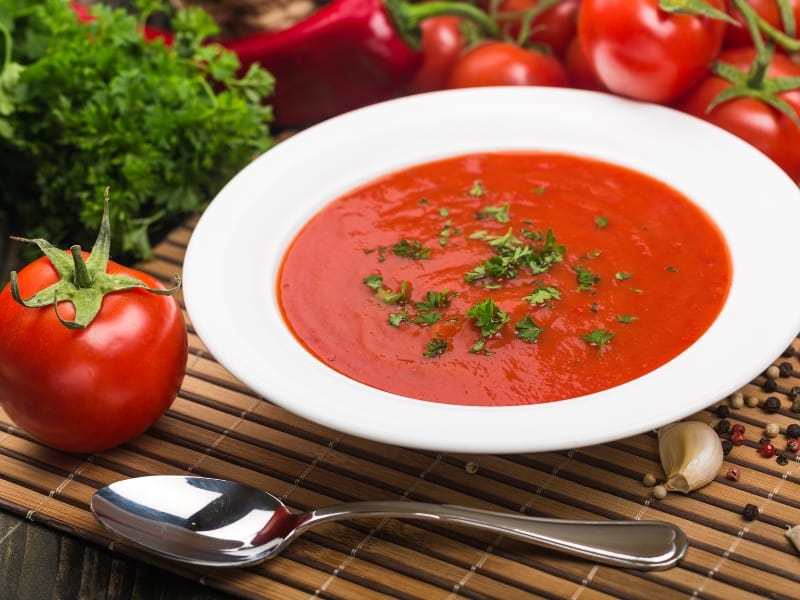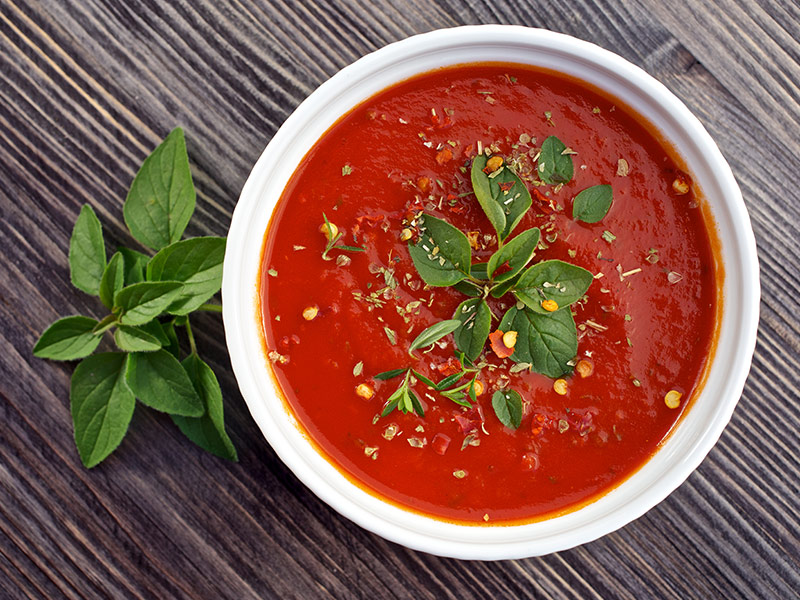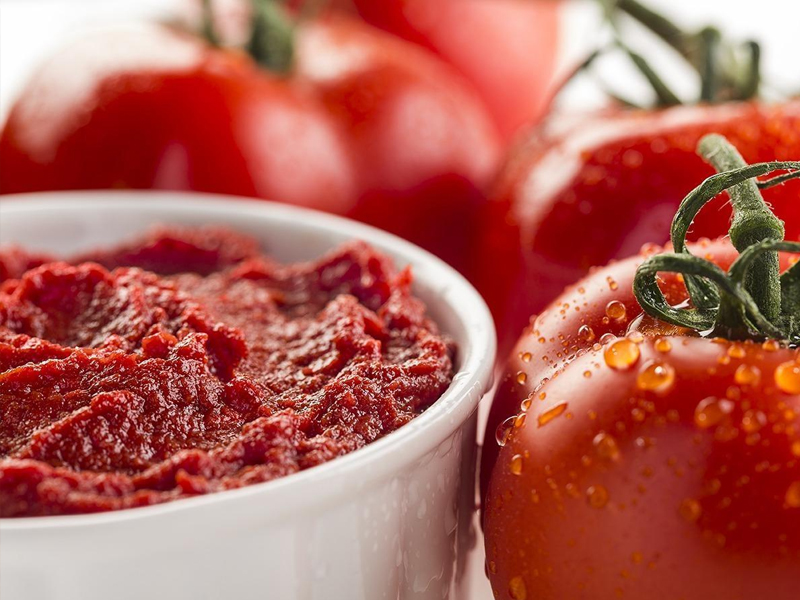A Comprehensive Guide to Tomato Paste and Tomato Sauce: Differences, Production, and Uses
Introduction:
Tomatoes, a staple ingredient in many cuisines, are transformed into various forms to enhance their flavors and extend their shelf life. Two commonly used forms are tomato paste and tomato sauce. While both are derived from tomatoes, they have distinct characteristics and diverse culinary applications. In this comprehensive guide, we will delve into the differences between tomato paste and tomato sauce, explore their production methods, and highlight the various uses in both culinary and industrial settings.
I. Tomato Paste:
1. Definition and Characteristics:
Tomato paste is a highly concentrated form of tomatoes made by cooking them down to remove the majority of the water content. It is typically thicker and denser in consistency compared to tomato sauce, with a rich and intense flavor.
2. Production Process:
The production of tomato paste involves several key steps:
a. Harvesting and Sorting: Only ripe and healthy tomatoes are selected to ensure superior quality.
b. Blanching: The tomatoes are briefly boiled to remove the skin and facilitate the extraction of the pulp.
c. Pureeing: The blanched tomatoes are pulped into a smooth consistency using industrial-grade equipment.
d. Evaporation: The tomato pulp undergoes a slow and controlled evaporation process to reduce the water content, resulting in a concentrated paste.
e. Packaging: The paste is then packed into airtight containers, usually in cans or tubes, to maintain its freshness and extend shelf life.
3. Culinary Uses:
Tomato paste is a popular ingredient in many culinary dishes, including pizzas, pasta, soups, stews, and sauces. Its concentrated flavor allows for a deeper taste profile in recipes. Additionally, it acts as a thickening agent due to its denser consistency.
4. Storage and Shelf Life:
Tomato paste can be stored for an extended period, typically up to two years, as long as the container remains unopened. Once opened, it should be refrigerated and used within a few days. Alternatively, tomato paste can be preserved by freezing it in ice cube trays or small portions for later use.
II. Tomato Sauce:
1. Definition and Characteristics:
Tomato sauce, also known as tomato puree or tomato passata, is a less concentrated form of tomatoes compared to tomato paste. It has a thinner consistency and a milder flavor.
2. Production Process:
The production of tomato sauce involves the following steps:

a. Harvesting and Sorting: Ripe tomatoes are selected, and any damaged or spoiled ones are discarded.
b. Crushing and Straining: The tomatoes are crushed to remove the seeds and excess pulp, resulting in a smooth and uniform texture.
c. Simmering: The crushed tomatoes are slowly simmered to evaporate the excess liquid, resulting in a thickened sauce consistency.
d. Seasoning: Various herbs, spices, salt, and sugar might be added to enhance the flavor of the tomato sauce.
e. Packaging: The tomato sauce is packed into jars or bottles, which are sealed to ensure preservation.
3. Culinary Uses:
Tomato sauce is a versatile ingredient used in numerous dishes, such as pasta dishes, pizza, lasagna, meatballs, and marinades. Due to its smoother texture and milder flavor, tomato sauce is often utilized as a base for various sauces and condiments.
4. Storage and Shelf Life:
Unopened tomato sauce typically has a shelf life of one to two years, depending on the packaging and processing methods. After opening, refrigeration is essential to prevent spoilage. Tomato sauce can also be preserved by canning or freezing for later use.
III. Differences between Tomato Paste and Tomato Sauce:
1. Consistency: Tomato paste is thick and dense, while tomato sauce has a thinner and smoother texture.
2. Concentration: Tomato paste is highly concentrated, with a robust and intense flavor, whereas tomato sauce has a milder taste and is less concentrated.
3. Culinary Use: Tomato paste is commonly used as a flavor enhancer and thickening agent, while tomato sauce is frequently used as a base for sauces and condiments.
4. Production Process: Tomato paste undergoes a more extensive evaporation process, resulting in higher concentration, while tomato sauce is made by crushing and simmering to achieve a desired consistency.
5. Shelf Life: Tomato paste typically has a longer shelf life than tomato sauce due to its higher concentration of solids.
Conclusion:
Tomato paste and tomato sauce are essential components in various culinary recipes. Tomato paste, with its concentrated flavor and thick consistency, serves as a flavor booster and thickening agent. On the other hand, tomato sauce, with its smoother texture and milder taste, acts as a base for numerous sauces and enhances the flavors of various dishes. Understanding the differences between these two tomato products and their respective production processes empowers chefs and home-cooks to use them effectively in their recipes, adding depth and richness to their culinary creations.I. The Tomato Paste and Tomato Sauce Market: An Overview
The tomato paste and tomato sauce market is a significant segment within the food industry. As staple ingredients in cuisines worldwide, the demand for these products continues to grow due to their versatility and convenience. The global market for tomato paste and tomato sauce is driven by factors such as changing food preferences, increasing consumption of processed foods, and the rise of the convenience food sector.
II. Market Trends and Growth Factors
1. Increasing Urbanization and Changing Lifestyles:
As more people migrate to urban areas and adopt busy lifestyles, the demand for ready-to-use food products, including tomato paste and tomato sauce, continues to rise. Convenience becomes a key factor in purchasing decisions, leading to a surge in demand for these products.
2. Growing Awareness of Health and Nutrition:
Consumers are becoming more health-conscious and seeking products that are natural, preservative-free, and offer nutritional benefits. Tomato paste and tomato sauce manufacturers are responding to this trend by introducing organic and low-sodium options, appealing to health-conscious consumers.

3. Expanding Foodservice Industry:
The rapid growth of the foodservice industry, including restaurants, cafes, and fast-food chains, is a major driver for the tomato paste and tomato sauce market. Restaurants and commercial food establishments rely heavily on these products as key ingredients for their menus, driving demand on a large scale.
4. Increasing Demand for Ethnic and International Cuisine:
The popularity of ethnic and international cuisines, such as Italian, Mexican, and Mediterranean, has led to a surge in demand for tomato paste and tomato sauce. These products are essential for creating authentic flavors in a wide range of international dishes.
III. Market Challenges and Constraints
1. Fluctuating Prices of Raw Materials:
The availability and prices of tomatoes can vary significantly depending on weather conditions, crop yields, and market dynamics. This volatility in raw material prices can impact the profitability and production costs for tomato paste and tomato sauce manufacturers.
2. Intense Competition:
The tomato paste and tomato sauce market are highly competitive, with numerous players vying for market share. Established brands, private labels, and regional manufacturers all contribute to the competitive landscape, making it challenging for new entrants to establish a foothold.
3. Stringent Food Safety and Quality Regulations:
The production of tomato paste and tomato sauce requires adherence to strict food safety standards and quality control measures. Compliance with regulations can be a complex and costly process, placing additional burdens on manufacturers.
IV. Market Segmentation
The tomato paste and tomato sauce market can be segmented based on various factors, including product types, packaging types, distribution channels, and end-users.
1. Product Types:
a. Tomato Paste: High-concentration tomato paste, organic tomato paste, low-sodium tomato paste.
b. Tomato Sauce: Traditional tomato sauce, flavored tomato sauce (e.g., garlic, basil), organic tomato sauce.
2. Packaging Types:
a. Cans: The traditional packaging option for tomato paste and tomato sauce, offering long shelf life and protection from light and air.
b. Bottles: Glass or plastic bottles are popular for tomato sauce, providing easy storage and portion control.
c. Tubes: Tomato paste in squeezable tubes offers convenience and portion control for consumers.
3. Distribution Channels:
a. Supermarkets and hypermarkets.
b. Convenience stores and small retailers.

c. Online platforms and e-commerce.
d. Foodservice providers and restaurants.
4. End-Users:
a. Household and residential consumers for home-cooking purposes.
b. Industrial consumers, such as food manufacturers, restaurants, and catering services.
V. Key Market Players
The tomato paste and tomato sauce market is dominated by several global and regional players, each with their unique product offerings and market strategies. Some of the key players in the industry include:
– Conagra Brands Inc.
– The Kraft Heinz Company
– Del Monte Foods Inc.
– BARILLA G. e R. F.lli S.p.A.
– Hunts Foodservice
– Mutti S.p.A.
– Cento Fine Foods Inc.
– La Costeña
VI. Opportunities for Innovation and Expansion
1. Product Diversification:
Manufacturers can explore opportunities for product diversification, introducing tomato paste and tomato sauce variants with unique flavors, textures, and nutritional profiles. This can cater to the evolving preferences of consumers and create a competitive edge.
2. Investments in Research and Development:
Investing in research and development can lead to the development of new technologies and processes to enhance the quality, taste, and nutritional value of tomato paste and tomato sauce. This can also help in creating innovative packaging solutions to improve shelf life and convenience.
3. Expansion into New Geographic Markets:
The tomato paste and tomato sauce market offer opportunities for expansion into new geographic regions, especially in emerging markets where the consumption of processed foods is growing rapidly. By understanding local tastes and preferences, manufacturers can cater to specific market demands and gain a competitive advantage.
4. Sustainable and Eco-Friendly Practices:

Consumers are increasingly concerned about sustainability and eco-friendly practices. Manufacturers can align their operations with sustainable practices, such as sourcing tomatoes from local farmers, minimizing water and energy usage during production, and using recyclable packaging materials.
VII. Conclusion
The tomato paste and tomato sauce market offer a range of opportunities and challenges for manufacturers and businesses operating within the food industry. Understanding market trends, consumer preferences, and the competitive landscape is crucial for success. By focusing on innovation, quality, and sustainability, companies can position themselves strategically to tap into the growing demand for tomato paste and tomato sauce, both in domestic and international markets.









